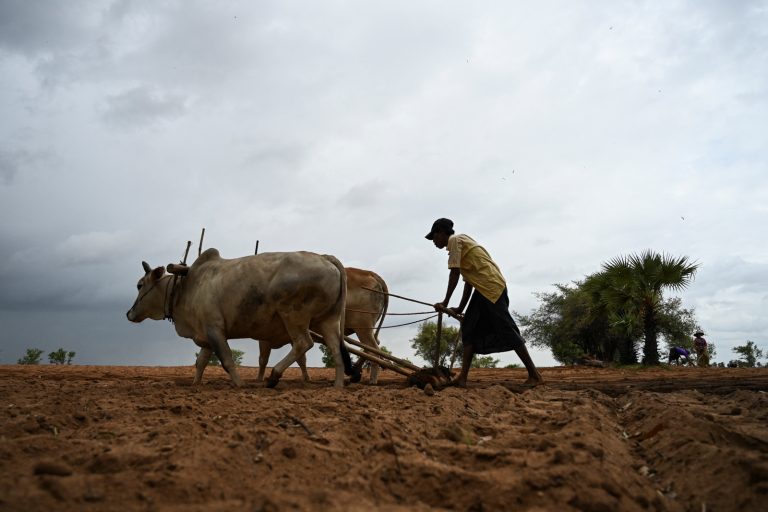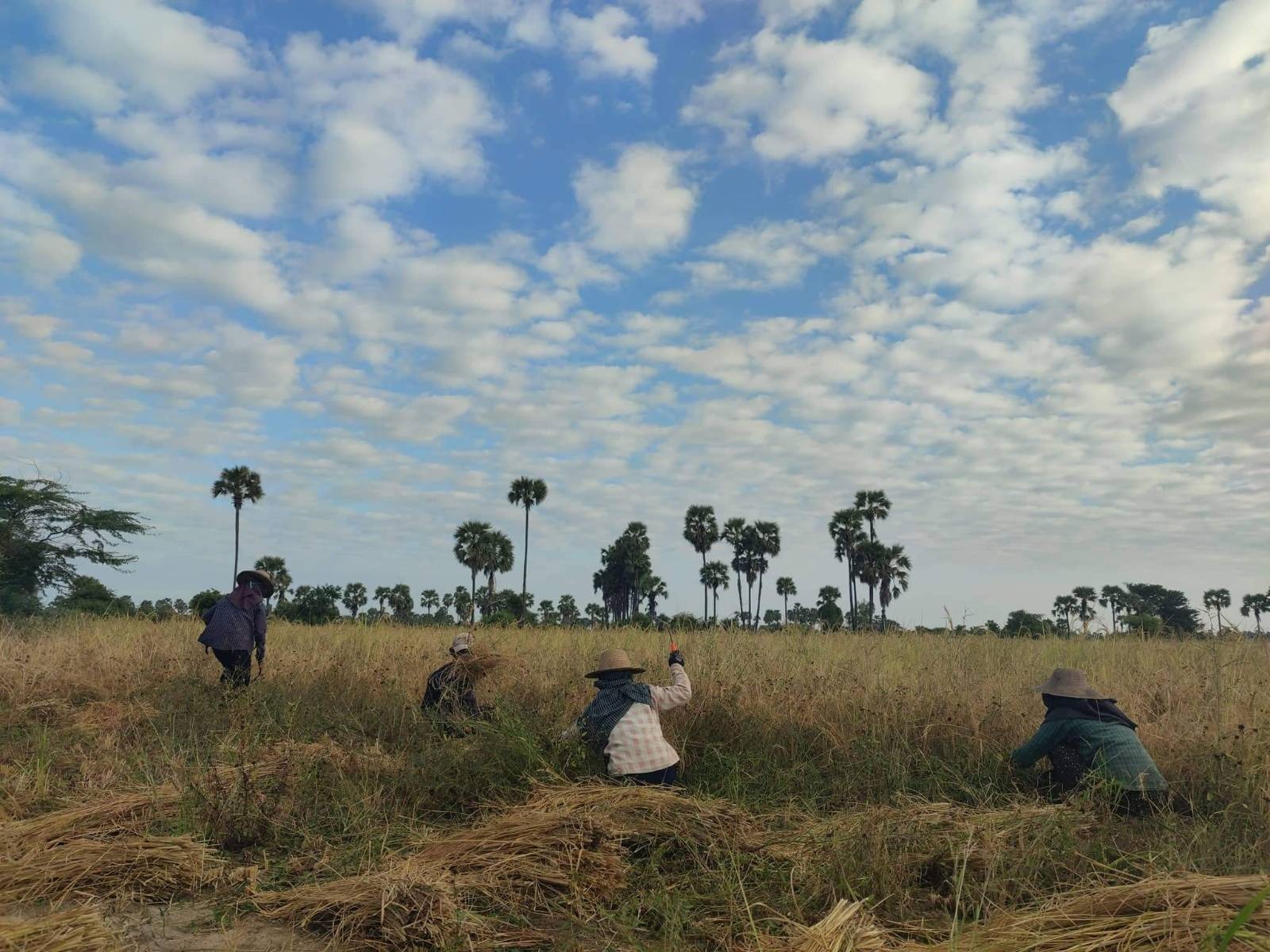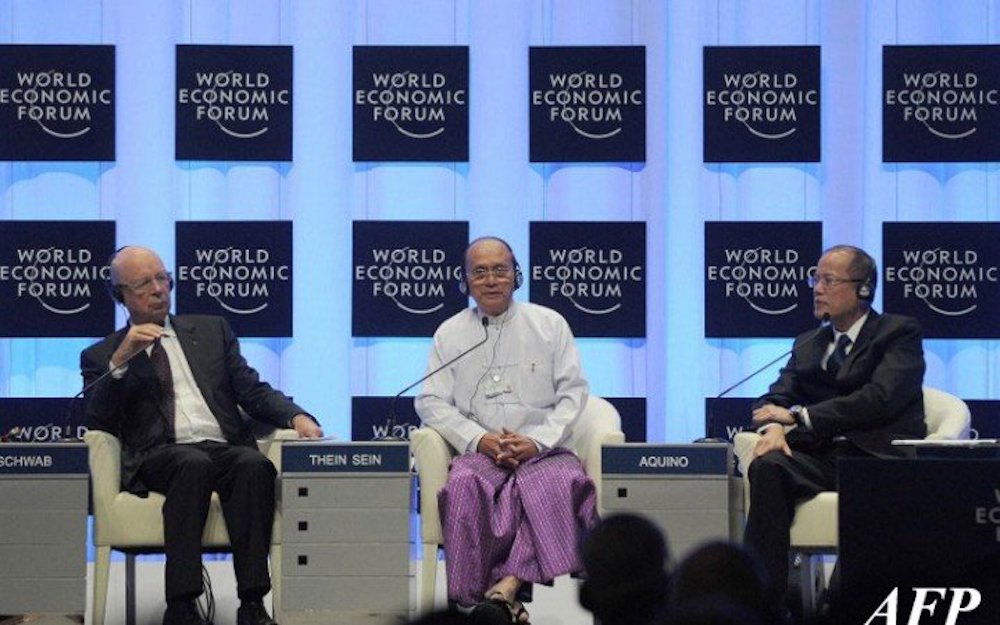By PETER JANSSEN | FRONTIER
WITH THE easing of economic sanctions in 2012, the World Bank returned to Myanmar in a big way, committing some US$1.5 billion to the country during 2013-2015. Besides funding development projects, the bank has also been playing a key role as an adviser to both the former and current governments on economic reform.
The World Bank, for instance, was a pivotal player in the drafting of the new Financial Institutions Law passed by the legislature in January. Mr Abdoulaye Seck, the World Bank’s country manager in Myanmar, told Frontier about the new law and Myanmar’s important, but diminutive, financial sector.
An economist by training, Abdoulaye was the World Bank’s country manager in Moldova in Eastern Europe before being posted to Yangon. He joined the bank’s office in Senegal in 1993.
Some say the new Financial Institutions Law was written by the World Bank. I don’t think this is necessarily intended as a criticism but to what extent did you play a role in drafting this law?
In early 2013, upon request of the CBM [Central Bank of Myanmar,] the World Bank provided analysis, technical assistance and global knowledge to the authorities as they drafted Myanmar’s new Banking and Financial Institution Law. This support included an assessment of the existing Financial Institutions Law of 1990 and the revisions required to upgrade the law to improve consistency with international good practices and Basel Core Principles.
The World Bank also provided technical assistance to the CBM during some of its technical discussions with the banks, Ministry of Finance, legal practitioners, the Attorney General’s Office, and parliament during the consultation period. The draft law also incorporated comments from the IMF [International Monetary Fund] before it was finalised. Several stakeholder consultation workshops were also held prior to the finalisation.
In October 2014, the CBM submitted the draft law to the cabinet, after which it was revised further as a result of internal CBM deliberations and changes made by the parliament’s Bill Committee. In January 2016, the parliament passed the Financial Institutions Law.
Overall, despite the many changes made at the parliament, the law marks a new era for bank regulation and supervision in Myanmar. The new law can be considered a 180-degree change when compared to the 1990 law. The CBM should be congratulated for its efforts to bring the Financial Institutions Law closer to international good standards.
Support more independent journalism like this. Sign up to be a Frontier member.
Though the new law has the above attributes, it nevertheless contains some material changes from the CBM’s original draft, which causes concern and introduces some deficiencies, gaps, ambiguity and uncertainty in the law, particularly in relation to the rehabilitation of non-bank financial institutions and to insolvency. [These] also render the law not fully compliant with international standards in some areas.
Many of these deficiencies and gaps may be addressed in the interim, through CBM regulations, directives and guidelines. However, in the longer run, these provisions will likely need to be amended to be in line with international standards.
Immovable property seems to be the only acceptable collateral in Myanmar’s banking system. What could the Central Bank do to broaden the definition of collateral?
As far as we know from discussions with the regulator and industry, there are currently no legal restrictions on the type of collateral that can be accepted by banks. Banks rely on real estate as collateral to reduce risk in lending … the interest rate caps and internal/unwritten restrictions seem to play a major role in the way banks behave vis-à-vis lending and collateral.
Credit has been expanding at 50 percent a year since 2012, according to the IMF. Where is all this credit going?
Credit to the private sector has been growing very rapidly at around 50 percent year on year in both 2012-13 and 2013-14, and at around 36 percent in 2014-15. By November 2015, growth in credit to the private sector had moderated to 28 percent (year-on-year), which is linked to slowing demand over the course of 2015-16. Rapid rise in private sector credit has been on the back of an historically low base of financial intermediation.
The banking sector is very small with limited lending activities that tend to limit exposure to sector vulnerabilities. There is limited sectoral concentration in lending. Trade finance with limited credit default risk accounts for around one-third of lending. Lending for the rapidly growing construction and real estate sectors, which tend to be higher risk, is relatively low.
Myanmar seems to be both under-banked and over-banked. There are a lot of new banks getting licences but limited human resources in the system. Is some sort of an “adjustment” inevitable or is there enough room for everyone to grow? Could there be another crisis?
The answer to this question is rather complex. While little can be done about the number of banks other than to stop licensing banks until the banking system finds its footing, much more can be done by the CBM to ensure stability and soundness of the banking system. It is important for the CBM to upgrade the prudential requirements for each bank. In this regard, it is critical for the CBM to issue the key regulations as soon as possible.
The CBM needs to also increase its capacity to supervise banks and collect more comprehensive data from banks. On the part of the industry, there is a need for investment to upgrade their own IT infrastructure, internal management, governance, risk management and product development.
The NLD is keen on boosting the agricultural sector. What needs to be done to boost agri-based lending?
Agriculture is critical for both inclusive growth and poverty reduction. At least 70 percent of the poor live in rural areas, and agriculture generates over half of employment and 37 percent of GDP. Yet labour productivity in agriculture is the lowest among all sectors, due in part to the low use of mechanized services and modern inputs.
At the same time, the supply of credit to the agriculture sector is extremely limited. The Myanmar Agricultural Development Bank (MADB) dominates the provision of agriculture finance, but primarily provides short-term loans to smallholder farmers involved in rice production only. SMEs, agribusiness firms and other market players remain largely unserved.
While the Financial Institutions Law is expected to strengthen the banking sector legal framework substantially and encourage banks to develop new financial products and services, reform of the state-owned banking sector, including MADB, will also be important to ensure that private banks are not crowded out of this important market segment.
What role do you see microfinance playing under the new government? What needs to be done to make the sector more dynamic?
Microfinance can play an important role in the Myanmar economy and has been growing fast since the passage of the law four years ago. There is a significant demand for microfinance and potential for further expansion. To enable the microfinance industry to serve the market it is important to review existing rules and expand possibilities for microfinance institutions to raise funding through borrowing and voluntary savings.
At the same time there is a continued need to strengthen supervision of microfinance institutions to ensure that industry growth remains sustainable and customers are protected.
This article originally appeared in Frontier Myanmar’s Banking and Finance special edition, published in July 2016.







